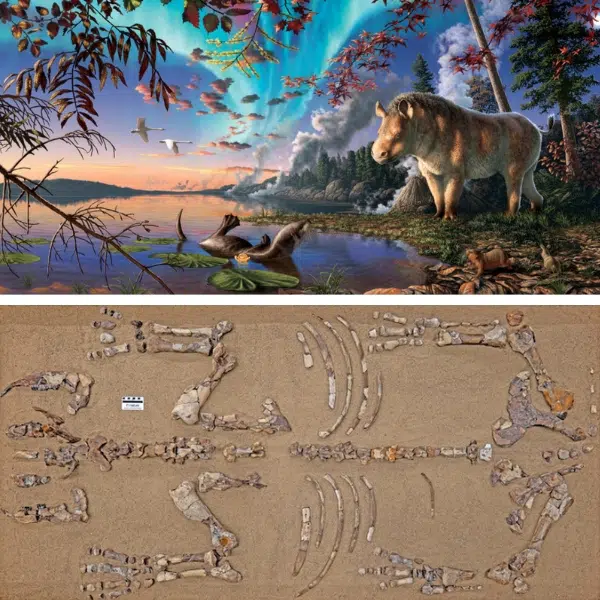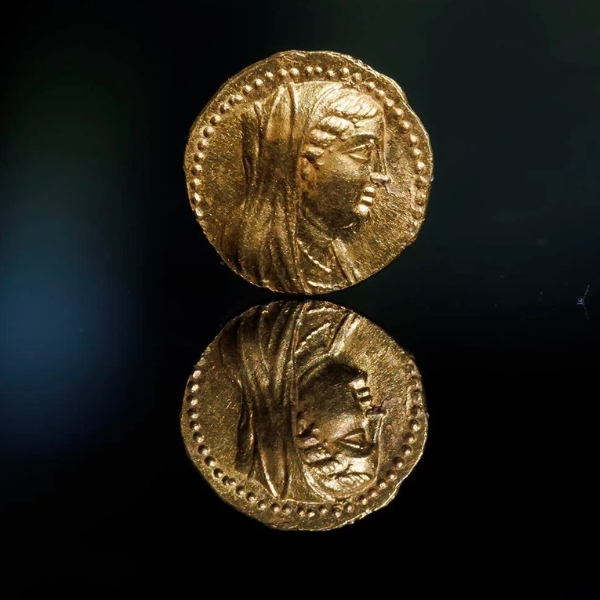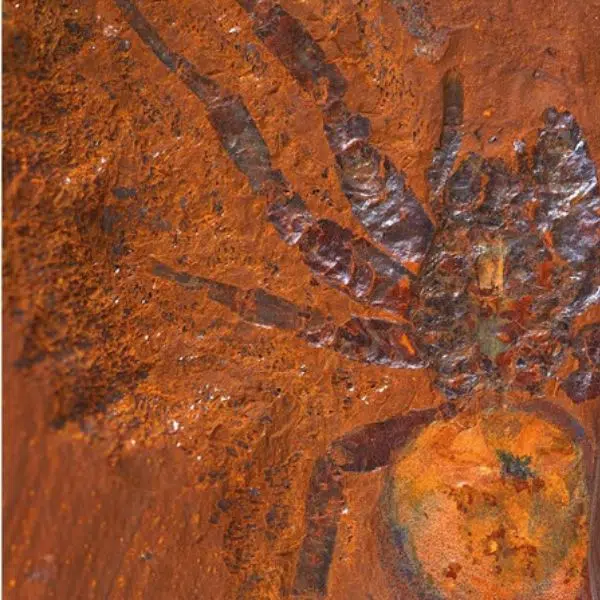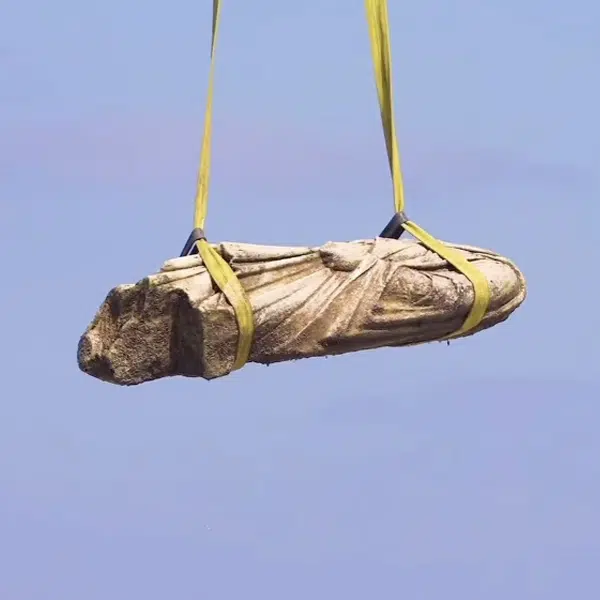View this post on Instagram
Museums are famous for their near-ubiquitous “no touching” rule. In an effort to make exhibits more approachable, many institutions have experimented with placing certain artifacts and works of art out in the open with no glass dividing the viewer and the subject. This can help art and history feel more accessible. One museum in Haifa, Israel—the Hecht Museum—did just that. In a twist of youth meeting curiosity, a 4-year-old boy on a family visit to the museum accidentally smashed a 3,500-year-old Bronze Age jar. Yet, in the true spirit of learning, rather than get angry, the museum invited the boy and his family back to learn and continue their experience.
The vase in question was created between 2200 and 1500 BCE. It was in shockingly complete condition, making it a rarity. Once used for oil or wine, both ancient necessities, the jar is shaped similar to Roman amphorae with a smaller neck and two handles. It was placed next to several others on a display stand without a glass barrier. For a four-year-old, there was no easy way to see inside. So young Ariel Geller tried to peer in with the curiosity and logic of a little child.
Ariel was there with his parents on a family trip to explore the museum. His mother told CNN that her back was only turned for a singular moment when she heard a crash. She whipped around to see her small son standing over the broken shards of the earthen artifact. “I’m embarrassed,” Anna Geller shared. “He told me he just wanted to see what was inside.”
The family politely alerted the museum, even offering to pay. But thankfully, the piece was insured against such accidents. While it is sad to lose such an impressive artifact, the museum has turned the loss into a teaching moment.
Ariel and his family were invited to return to the museum, where he repaired a jar of his own. He even brought his own clay vase to gift to the museum. Then, the family learned about the vase's restoration process.
“That’s what’s actually interesting for my older kids, this process of how they’re restoring it, and all the technology they’re using there,” Ariel's father, Alex Geller, told CNN.
While “no touching” remains the general rule, the museum's decision to encourage a child's curiosity throughout the experience is in keeping with a tradition of bringing down the glass walls to bring the public closer to history.
A four-year-old boy in Israel accidentally tipped over an ancient Bronze-age vase in a museum. The museum then invited the child and his family back to see the restoration process.
View this post on Instagram
Related Articles:
Roman Road Is Found Buried Under an English Village Schoolyard
Trove of Persian Gold Coins Discovered in Ancient Greek City
Roman Road Is Found Buried Under an English Village Schoolyard
Volunteers Uncover 3,500-Year-Old Rock Art During Environmental Cleanup in Kazakhstan






















































































